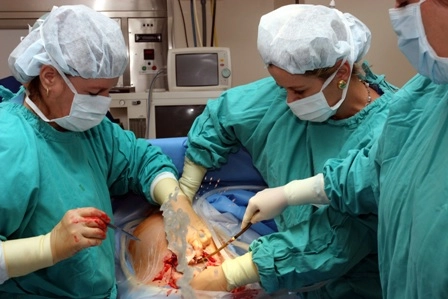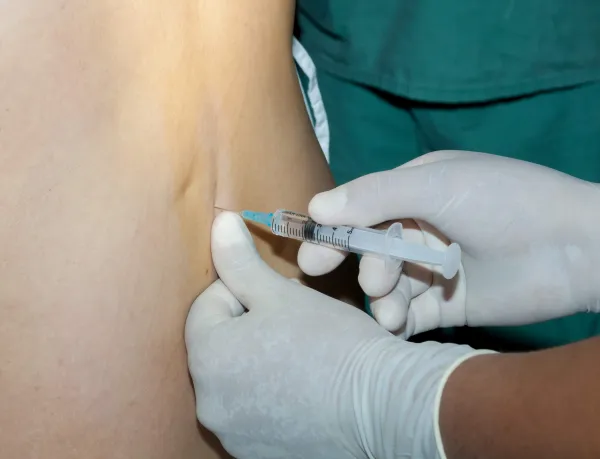Anesthesia Coding Alert
3 Tips Lead to Accurate Aortic Aneurysm Coding
Make your job easier by educating providers on what to include in their documentation. Even the most experienced coder will admit that diagnosis coding can be tricky due to the sheer number of codes and the level of specificity required. This is especially true of aortic aneurysms since new characters were added to the existing codes this year. To narrow down the myriad of options and arrive at the correct code, not only do you have to know the exact location of the aortic aneurysm, but you must also know whether it has ruptured. Consider these tips to boost your aortic aneurysm coding accuracy and keep claims on the up and up. Tip 1: First, Define Aortic Aneurysms for Clarity An aortic aneurysm occurs in the aorta — the main blood vessel leading from the heart to the rest of the body, including the abdomen, pelvis, and legs, says Carol Hodge, CPC, CPMA, CDEO, CCC, CEMC, CPB, CFPC, COBGC, senior documentation specialist at St. Joseph’s/Candler Medical Group. An aneurysm occurs when part of an artery wall weakens, allowing it to abnormally balloon out or widen. They can develop over many years and often have no associated symptoms. A normal aorta is about 2 to 3 centimeters — or roughly 1 inch across. An aortic aneurysm occurs when a portion of the aorta has enlarged to at least 1.5 times its normal size, adds Catherine Brink, BS, CPC, CMM, president of Healthcare Resource Management in Spring Lake, New Jersey, and they are classified based on their location: thoracic, abdominal, and thoracoabdominal. Aortic aneurysms less than 4 centimeters in size have a low chance of bursting, but an aneurysm with a diameter of more than 5.5 centimeters has an increasing chance of rupturing in the next year. Aortic aneurysms are known as “silent killers” with good reason. Unless found by accident — usually during a routine, unrelated medical test — aortic aneurysms may go undetected until they rupture, at which point a person only has minutes to live. Tip 2: Dial Into Aortic Aneurysm ICD-10-CM Codes Effective on Oct. 1, 2022, ICD-10-CM added a plethora of new codes with a 5th character, providing more detail about the anatomic site of the aneurysm. For the thoracic codes, you can now use the following 5th characters to specify which portion of the thoracic aorta is dilated: For the abdominal aortic aneurysm codes, look at these 5th digit additions: For thoracoabdominal aortic aneurysm codes, there are two new 5th digit options: Therefore, your ICD-10-CM code choices for aortic aneurysms include the following: Reporting aortic aneurysms has always been challenging but is even more challenging with new ICD-10-CM codes, Hodge says. You must first determine the location of the aneurysm, such as thoracic or abdominal. “Abdominal aneurysms require even more specificity such as pararenal or juxtarenal,” Hodge explains. “Then it must be determined if the aneurysm is ruptured or without rupture.” Proper coding of a thoracic aneurysm hinges on you being able to identify whether it is occurring in the ascending aorta, aortic arch, or descending aorta, according to Hodge. You’ll report thoracoabdominal aneurysms based on locations, such as supraceliac, paravisceral, and whether they are ruptured or without rupture. Tip 3: Overcome Common Coding Obstacles With Expert Advice The key to diminishing some of the coding challenges when it comes to reporting aortic aneurysms is teaching providers to document the exact location of the aneurysm, Hodge says. Often providers will simply document aortic aneurysm, so they need to be educated to be very specific and to use the verbiage included in the new codes. Ensuring your cardiologist is documenting the specific site of the aortic aneurysm is important since there are different ICD-10-CM codes and proper code selection will depend on the location, Brink reiterates. Knowing there are code first guidelines for syphilitic aortic aneurysm (A52.01) and traumatic aortic aneurysm (S25.09 and S35.09) is also important, according to Hodge. Coders need to have a good understanding of aortic aneurysms and the anatomy and physiology involved, Brink adds. The ICD-10-CM code is specific to location and if the aneurysm has ruptured. The provider’s documentation must include the type and location of the aneurysm for the coder to correctly report the patient’s condition with the highest level of specificity.

Related Articles
Anesthesia Coding Alert
- 2023 Updates:
See How the Budget Bill Left Providers Wanting More
Did Congress’ last-minute intervention to stave off payment cuts come up short? In the closing [...] - Diagnosis Focus:
3 Tips Lead to Accurate Aortic Aneurysm Coding
Make your job easier by educating providers on what to include in their documentation. Even [...] - Compliance:
Sidestep HIPAA Violations Through Scrupulous PHI Handling
Safeguard all forms of private info, whether electronic, paper, or verbal. Advancements in technology brought [...] - You Be the Coder:
Size Up Your Teaching Anesthesiologist Billing Skills
Question: For the case below, what is the appropriate anesthesia procedure code and modifiers for Dr. [...] - Reader Questions:
Know When To Turn To Modifier 53
Question: We have a case where the procedure was canceled due to the results of electrocardiography [...] - Reader Questions:
Understand the Nuances of Reporting Fee-for-Time Compensation
Question: Can you explain the Q6 locum tenens modifier for anesthesia services? We are not sure [...] - Reader Questions:
Follow This Advice on Rounding Anesthesia Time Up
Question: When billing insurances other than Medicare, which requires precise time reporting, how is the time [...]




